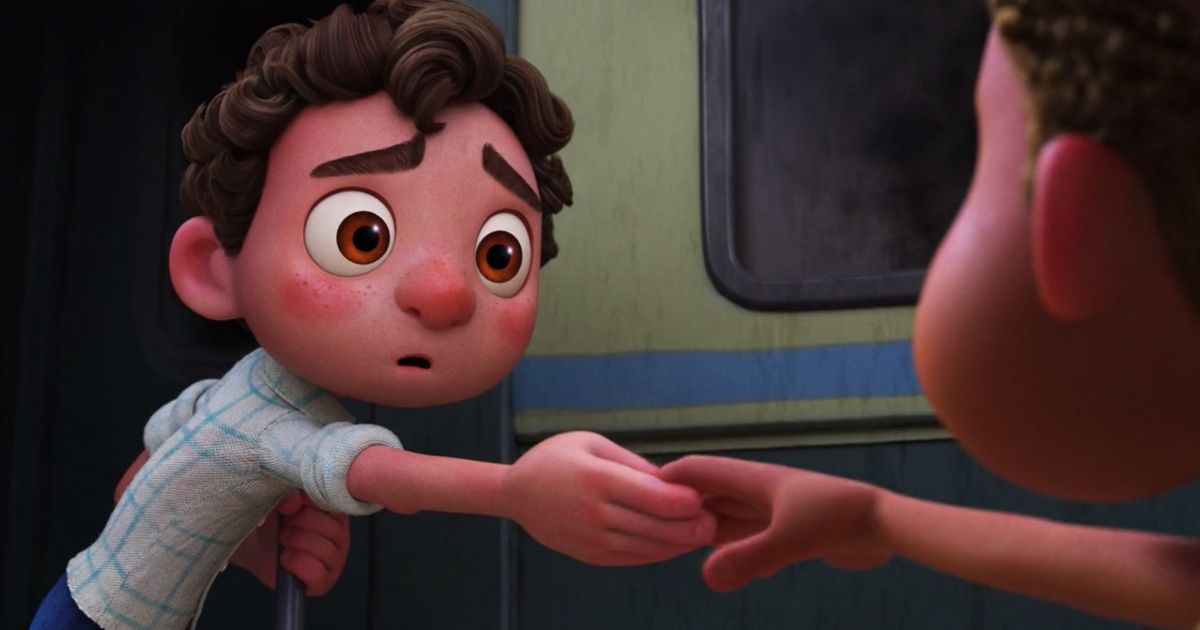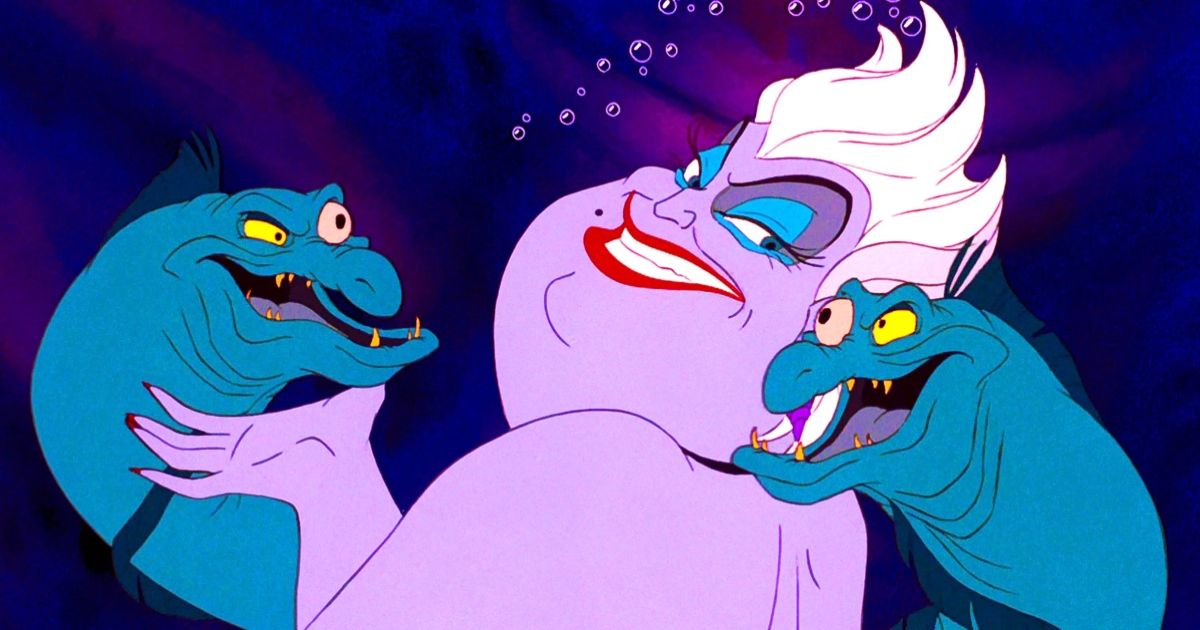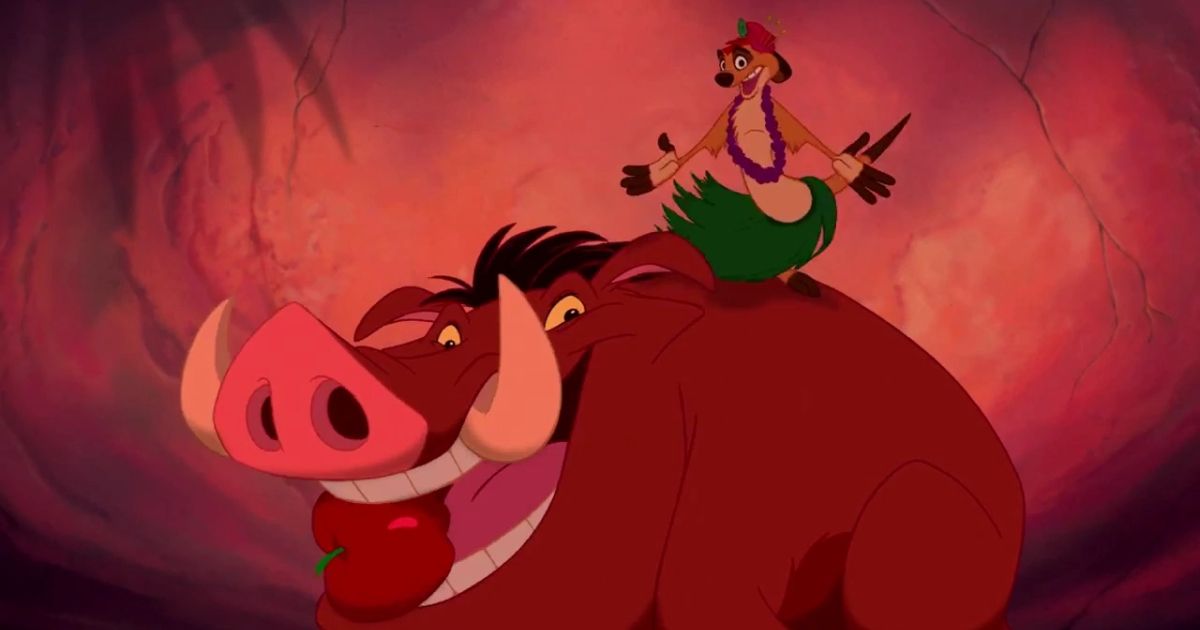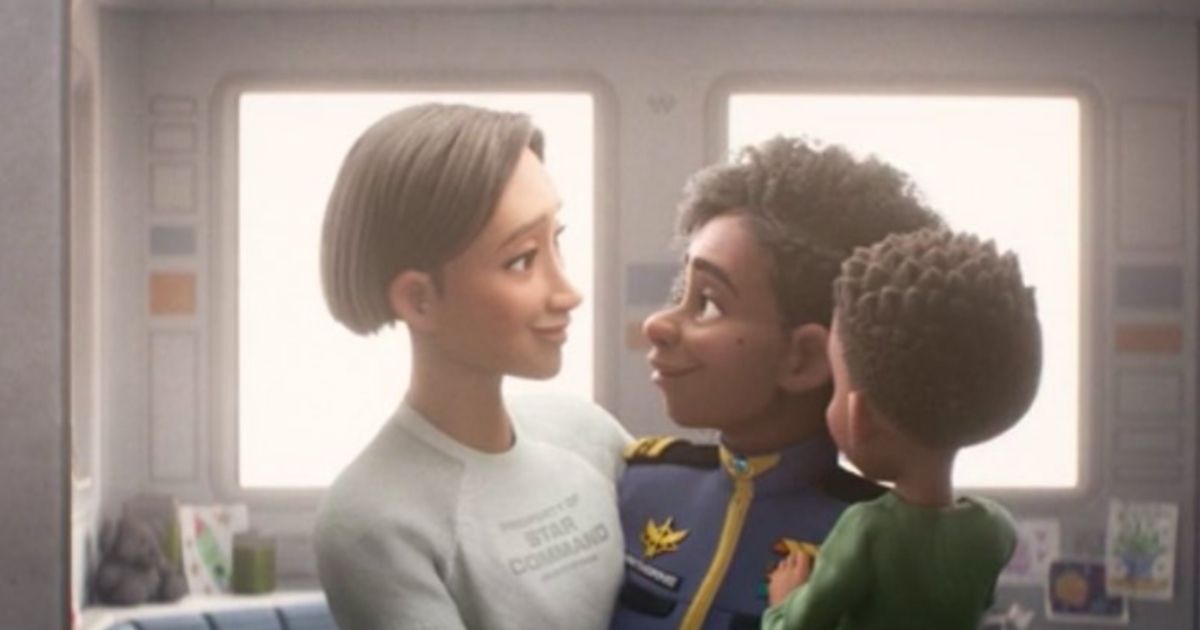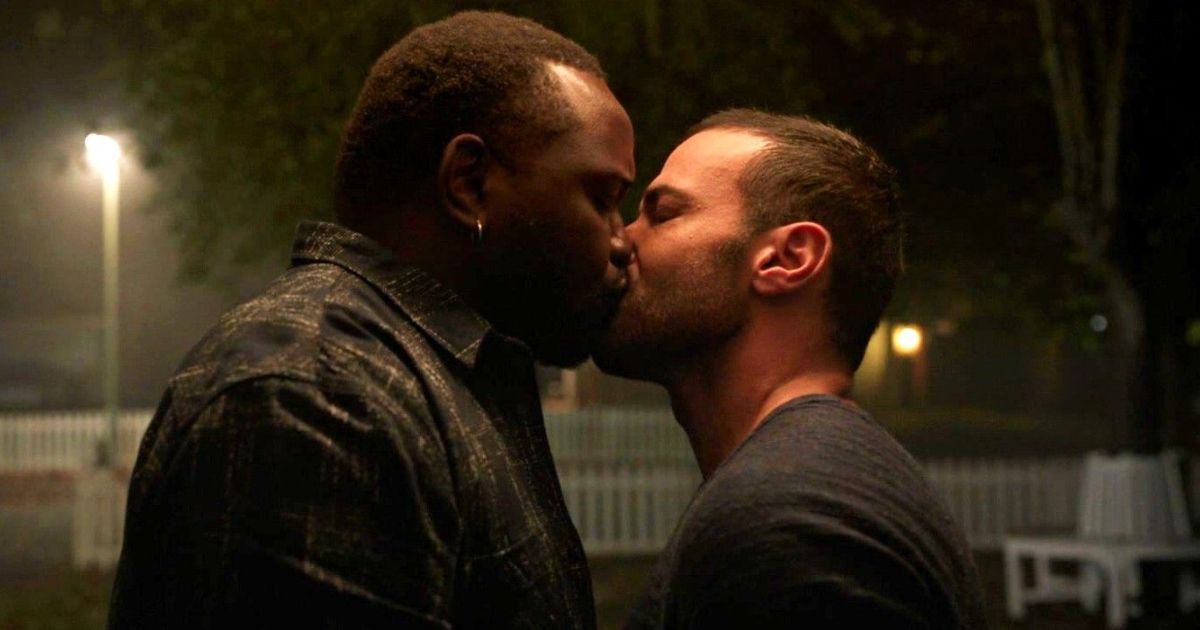Disney has been the epicenter of filmmaking innovation from its first animated film Snow White and the Seven Dwarfs to its partnership with Pixar, and then its accumulation of the Marvel and Star Wars franchises. Amidst the criticism, Disney has pushed back on protests from anti-LGBTQ+ groups. The company and directors have refused to cut LGBTQ+ scenes from films like the live-action Beauty and the Beast and the latest Pixar installment Lightyear. Yet, the recent pushback and support of LGBTQ+ representation is just that: recent. Essentially, within the last decade, representation of LGBTQ+ characters has been more pronounced in Disney films, but they still remain footnotes in the entirety of the studio’s cinematic history.
Throughout Disney’s animation history, the assumption of certain characters being inspired by or being LGBTQ+ is the start and stop of queer representation. Assumptions of a character's sexuality don’t end with utilizing queer imagery, however. For instance, in the 1990s, it was common for a gay actor or actress to voice an otherwise straight character as a means of being “safe” for family-viewing. Most recently, Disney and its subsidiaries have claimed — multiple times — the first LGBTQ+ character or couple with very little substance to the claim. As if this history isn’t dismal enough, one underlying, yet massively ignored, element is profit over people, especially when it comes to the studios’ support of LGBTQ+ actors tackling prolific roles. Here's a look at Disney's rocky history when it comes to LGBTQ+ representation.
Assuming is Masked Denial
While the trope of drag comes in many variations, as outlined by TV Tropes, the Disney villains fall under the ‘trans audience interpretation’ trope: a character who isn’t canonically trans but is interpreted as trans. One such character that fits the bill is Maleficent. Although the villain rather serves as a metaphor for the trans experience in her ability to transform into a mythical creature, the suggestion is that the trans experience is one of myth rather than a fact. Ursula in the animated feature, The Little Mermaid, is based on a drag queen named Divine, according to The AV Club. These assumptions trans audience members make are deeply rooted in the denial that Disney will have an openly trans character. Even the head of Marvel had to backtrack a statement of having a trans character when the character is openly gay, according to Superhero Hype. The assumption that gay, trans, and drag are synonymous is ludicrously irresponsible and allows for the company to mask their denial that proper representation is necessary.
Our Culture isn’t Your Punchline
One of the many tropes of gay characters is that ‘queer people are funny’, according to TV Tropes, where gay characters or couples are the punchline or seen as freaks by straight characters. Typically, the way gay characters, or assumed gay characters, are written is to put them in drag. In both the animated and live action versions of The Lion King, Timon dresses in drag as a distraction. The scene, while intended to be funny, places Timon in imminent danger, suggesting that trans and gay individuals are acceptable as sacrifice for the sake of the straight hero. Additionally, Timon is voiced by prolific gay actors like Nathan Lane and Billy Eichner, despite the assumption that Timon is straight.
Gay characters can become the punchline when they are mistaken for gay. In Beauty and the Beast, one character who is mistaken for gay is Lefou. Translated from French, Lefou means “the fool”. The purpose of his character is to prop up the ultra-masculine villain Gaston. What makes Lefou ‘mistaken for gay’ is his devotion to Gaston despite using Lefou as a prop or punching bag. The suggestion of Lefou’s devotion to an abusive Gaston is that a person whose sexuality is unknown can be treated as subhuman.
First, Only, Not That Different
TV legend Shonda Rhimes’ idea of “first, only, different”, or F.O.D., is often thrust upon BIPOC women when situations go awry, especially in the corporate world. Being an F.O.D. means that the individual is put in the position of being a trailblazer, whether they like it or not. Disney is notorious for claiming to have ‘the first LGBTQ character or couple’. According to Out, the first promised LGBTQ couple was in Pixar’s Zootopia as Judy’s neighbors. Pixar does have the most LGBTQ+ exposure, but these promises of scenes and characters are massively misleading. The characters who are gay remain under the ‘mistaken for gay’ or ‘ambiguously gay’ trope. Additionally, even if they do say they’re LGBTQ+, their screen time is quite short, like the police officer in Onward who says she has a wife but has minimal screen time throughout the film and largely zero impact on the story. Even the latest Pixar film Lightyear has a lesbian couple who kisses, but it’s safe to assume there will only be glimpses of this couple and this scene. The outrage over the Don't Say Gay bill is understood much more when Disney’s overly promised representation is monumentally underwhelming. Claiming a scene or a character is open about their sexuality or gender identities only to show them minimally or not being out and proud is not progress, but pussyfooting around the idea of supporting marginalized and racialized groups.
Censorship and Greed
Amid the underwhelming representation, Disney also lacks support for the actors they hire to portray characters. Many Disney Channel stars have come out over the years, according to Out, though they come out after their show ends. According to Inside the Magic, Miley Cyrus felt that she had value only when she donned the famous wig in Hannah Montana. Yet, the actors aren’t the only ignored and mistreated individuals. Pride reports that many beloved villains of Disney’s Renaissance Era were designed by a gay man, which came from Twitter and not the company itself.
One major factor in the company's history with the LGBTQ+ community is tied to their reliance upon foreign markets. Countries like China, Saudi Arabia, and Kuwait have publicly banned Marvel and Pixar films over LGBTQ+ characters, despite their minimal screen time. Variety even reported employees' claims that Disney will cower to the international market and then backtrack to the demands of the domestic market. Essentially, Disney is placing profit over the people who they claim to support, whether it’s fans or employees.

